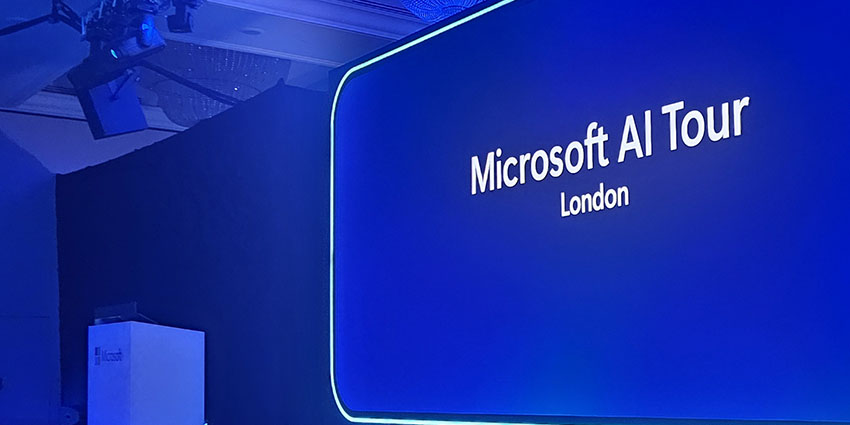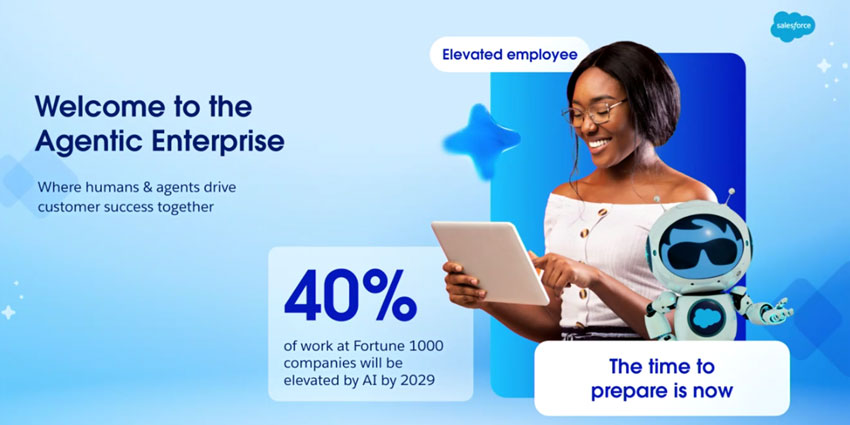Zendesk has acquired HyperArc, the analytics and business intelligence (ABI) platform provider.
Built by some of the brains behind Tableau, the solution plugs into data and knowledge sources, takes user questions in plain English, and instantly generates insights.
Interestingly, it also claims to be the “first” solution that learns from a business’s top analysts, turning AI into an analytical partner.
In doing so, it tracks each step of a brand’s analysis to understand what the user is looking at and why it matters, while capturing that context that so often gets lost along the way.
Yet, the acquisition doesn’t signal a major step into the ABI space; it’s a move that will lay new analytical capabilities across the Zendesk Resolution Platform.
Indeed, as Shashi Upadhyay, President of Product, Engineering, & AI at Zendesk, explained: “This acquisition will help Zendesk customers benefit from new GenAI-powered insights and automations.
HyperArc’s world-class team and pioneering HyperGraph technology unlock self-service insights and rapid innovation, empowering our users to make smarter decisions, faster.
“This strategic move positions Zendesk to set a new industry standard in usability, depth of insight, and time to value for organizations of all sizes.”
Zendesk also revealed plans to create a unified analytics platform off the back of the acquisition, which could offer its customers three big benefits.
First, it can provide deeper insights into the performance of foundational AI agent use cases, building businesses’ confidence in taking bigger, more transformative steps with the technology.
Second, the move may help Zendesk transition into a world where CRM providers aren’t only expected to present data and metrics, but actively make recommendations to improve the company’s performance, based on an analysis of past events.
Third, HyperArc’s tech will help bolster Zendesk’s “industry first” outcome-based pricing model, which ties costs directly to the performance of its AI agents.
Under the model, customers only pay when the AI successfully resolves an issue without human intervention, ensuring that the AI delivers value.
Yet, that mode has its challenges. Indeed, how can customers be sure of a resolution and that the AI agent delivers the optimum customer outcomes? That’s where it all gets a little trickier.
With deeper analytics of each contact, Zendesk may soon present a clearer view of these outcomes, which not only helps to show value but makes it much easier for customer service leaders to predict costs.
More on the Future of Contact Center Analytics
As noted, tomorrow’s contact center analytics systems will not only present “actionable insights” but also proactively suggest what those “actions” should be.
Despite rapid advancements in AI, that future still seems far away. After all, for years, contact center analytics have been largely backward-looking, descriptive dashboards and lagging indicators that help managers identify what went wrong after the fact.
Thankfully, that’s changing, and Zendesk is getting ahead of the curve, promising a unified analytics platform that doesn’t just support more data but enables smarter, pre-emptive decision-making.
For instance, during a spike in call volume, the system could suggest proactive staffing adjustments.
Another example could be a dip in resolution rates, where the tool might flag specific knowledge gaps or agent behaviors, automatically triggering coaching workflows.
Yet, the real promise lies in how seamlessly the CRM platform delivers these insights.
Zendesk is looking to avoid tools that generate complexity instead of clarity. By creating an analytics layer that runs throughout the tech stack, the vendor aims to deliver a more intuitive, conversational analytics experience.
Less digging through dashboards; more instant answers and suggested actions.
When considered through this lens, the HyperArc deal isn’t just about strengthening Zendesk’s pricing model or its reporting suite.
Instead, it seems more of a strategic bet on where contact center intelligence is heading: toward systems that aren’t just reactive or even predictive, but truly prescriptive.







